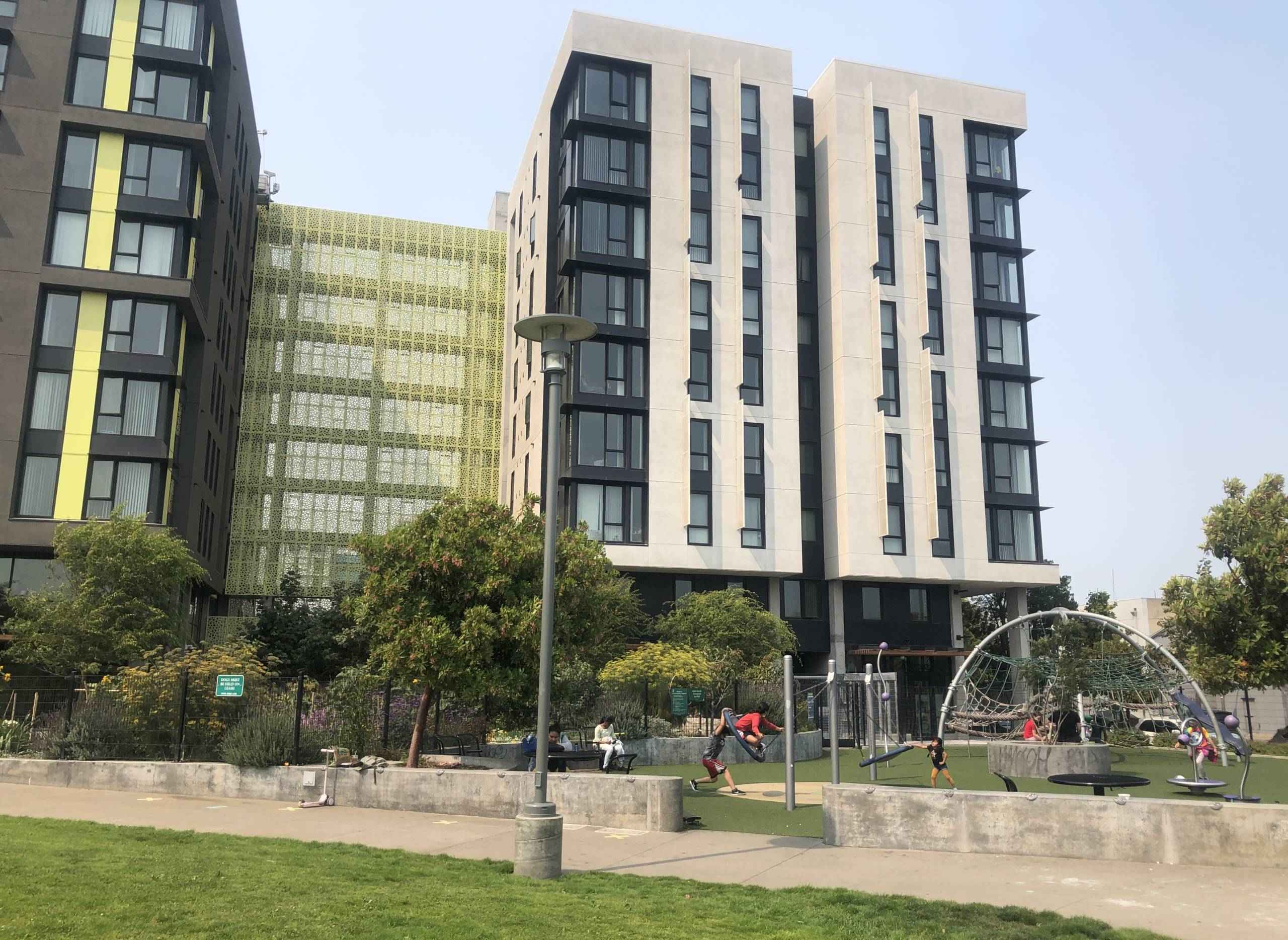

Over time, California's water in both residential and agricultural use has gone down, even as the population has gone up. California's (and SLO County's) water useage is overwhelmingly agricultural. However, about one-third of California's residential water use is for landscaping - not essential survival needs like washing or drinking. New homes, pipes, and appliances are up to four times as water-efficient as older models. We can save water for our agricultural lands, and essential residential uses, by building homes without thirsty lawns! South County is currently working to improve our water supply and infrastructure with the Central Coast Blue Project.

Allowing more people to live close to shops, jobs, and schools alleviates traffic. This means not only allowing more homes downtown, but allowing neighborhoods to develop their own "mini downtowns," with corner stores, small offices, and delis or coffee shops. Walkable, traditional development not only provides opportunities for small business to thrive, but strengthens community connections. Why not just widen the roads? Because it doesn't work, and actually makes traffic worse!

While there are many reasons a person may become homeless, homelessness is fundamentally a housing problem. When the average rent exceeds the average person's ability to pay, the risks of homelessness go up. Access to mental health and addiction resources are important in sucessfully transitioning many of our unsheltered neighbors into housing, but keeping an abundant supply of housing keeps people from becoming homeless in the first place.

Crime has many causes - from poverty, to lack of employment opportunities. Author and urbanist Jane Jacobs wrote extensively about how crime is prevented by "eyes on the street," or by the presence of the neighbors who live there. Thoughtful urban design can actually reduce crime by opening up the public square to the eyes of people who live in the area, particularly when those neighbors are walking instead of driving.
Our parent org! We're a network of people who advocate for abundant, affordable housing and inclusive, sustainable communities across the United States. We train people concerned about lack of housing in their area so they can find others who are concerned and start making change.
Up for Growth is a national, cross-sector member network committed to solving the housing shortage and affordability crisis through data-driven research and evidence-based policy.
We advocate for cities of all sizes to be safe, livable, and inviting. We work to elevate local government to be the highest level of collaboration for people working together in a place, not merely the lowest level in a hierarchy of governments.
Providing Cascadia’s community problem solvers with practical vision and innovative thinking, inspiring and empowering them to bring about a healthy, lasting prosperity.
The Brookings Institution is a nonprofit public policy organization based in Washington, DC. Our mission is to conduct in-depth research that leads to new ideas for solving problems facing society at the local, national and global level.
The SLO Tenants Union fights for fairness, unity, safety, and stability in housing, ensuring all renters are treated with dignity and corporate landlords are held accountable for unethical practices. We advocate for safe, affordable, and stable housing policies that empower communities and protect tenants from exploitation.